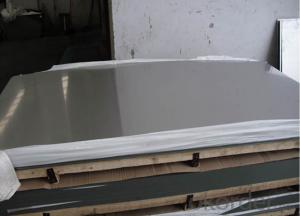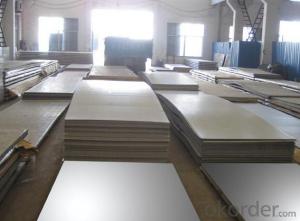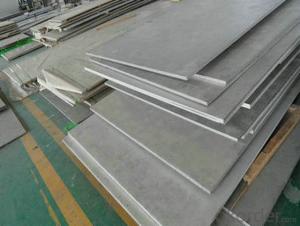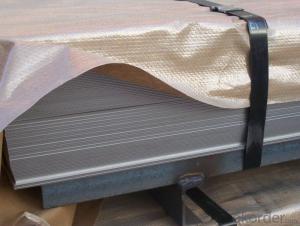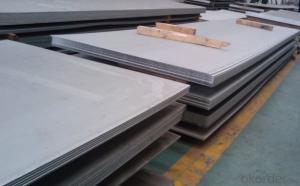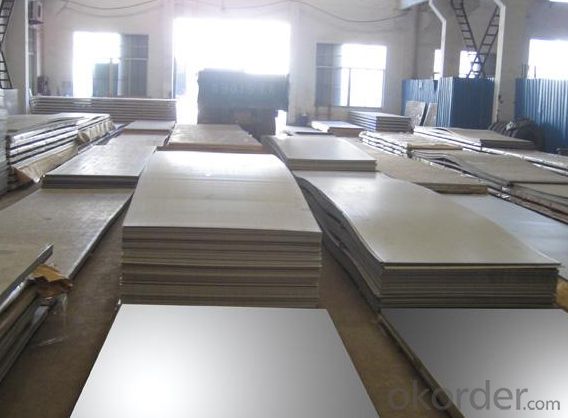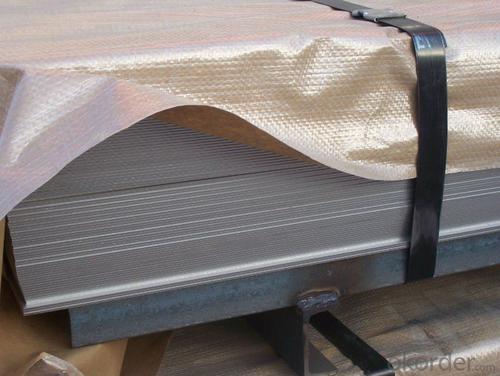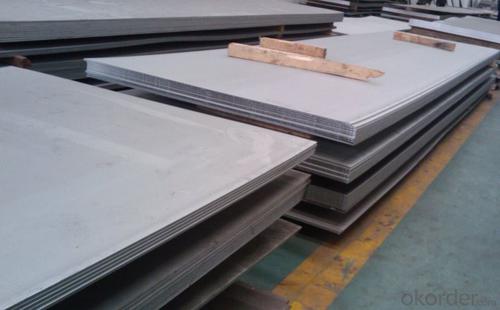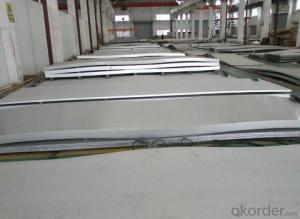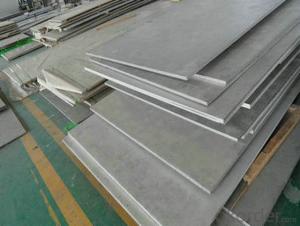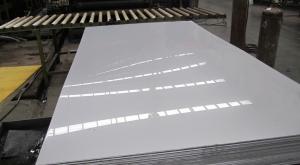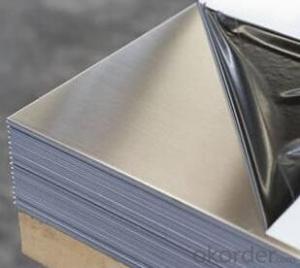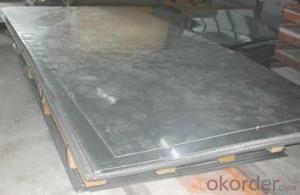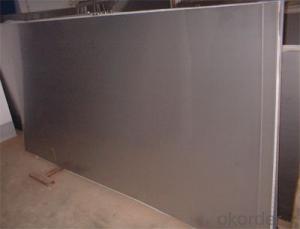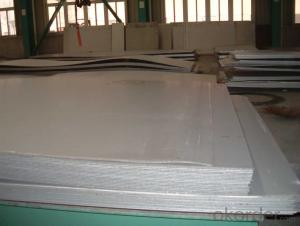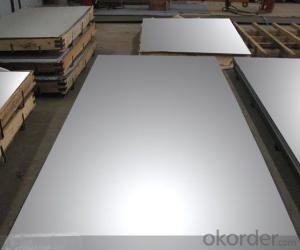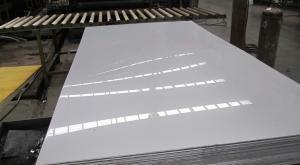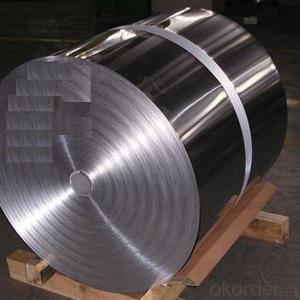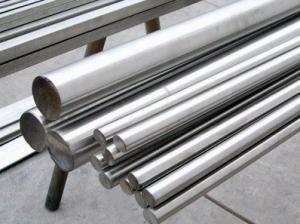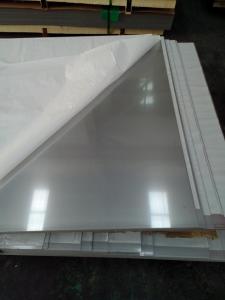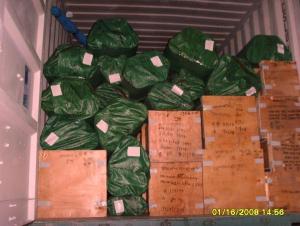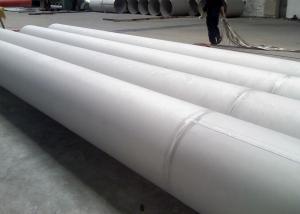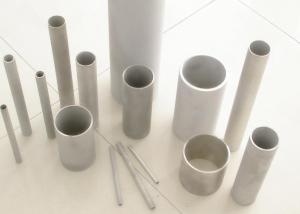Stainless Steel sheet 304 with Very Low MOQ
- Loading Port:
- Shanghai
- Payment Terms:
- TT OR LC
- Min Order Qty:
- 10000 m.t.
- Supply Capability:
- 5000000 m.t./month
OKorder Service Pledge
OKorder Financial Service
You Might Also Like
Hot sale stainless steel sheet 201/202/304/304l/316/316l/430 in china alibaba
Description of Stainless Steel Sheet:
Description | steel sheet,hot rolled steel sheet,cold rolled steel sheet, steel sheet,sheet,steel plate |
Standard | ASME, ASTM, EN ,BS,GB,DIN, JIS etc |
Application | Steel sheet applies to construction field, ships building industry, petroleum & chemical industries, war and electricity industries, food processing and medical industry, boiler heat exchanger, machinery and hardware fields. |
Packaging | Standard export sea-worthy packing |
Delivery time | 10-30 days |
Quality | No.1 |
Productivity | 500 tons/Day |
Note | Our company has cooperative relation between the domestic agents. Stainless steel sheet can be made accordingto the customers requirements. Fasten delivery. Quality assured. |
Contacts | If you have any question,please feel free contact me. |
Stainless steel sheet surface finish characteristics
Surface finish | Characteristics and application |
2B | The surface brightness and flatness of no2B is better than no2D. then through a special surface treatment to improve its mechanical properties,No2B could nearly satisfy comprehensive uses. |
No.1 | Polished with abrasive belt of grit#100-#200, have better brightness with discontinuous coarse stria, used as inner and external ornaments for building, electrical appliances and kitchen utensils etc. |
No.4 | Polished with abrasive belt of grit #150-#180,have better brightness with discontinuous coarse stria, but thinner than No3, are used as bathtub buildings inner and external ornaments electrical appliances kitchen utensils and food processing equipment etc. |
HL | Polished with abrasive belt of grit #150-#320 on the NO.4 finish and has continuous streaks, mainly used as buildings ornaments elevators, door of building, frontal plate etc. |
BA | Cold rolled, bright annealed and skin-passed, the product have excellent brightness and good reflexivity like mirror, kitchen apparatus, ornament etc. |
8K | The product have excellent brightness and prefer reflexivity can to be the mirror. |
Main Features of stainless steel sheet :
•Escalator, Elevator, Doors
•Furniture
•Production tools, Kitchen appliances, freezers, cold rooms
•Auto Parts
•Machinery and Packaging
•Equipment and Medical devices
•Transport system
Product Details:
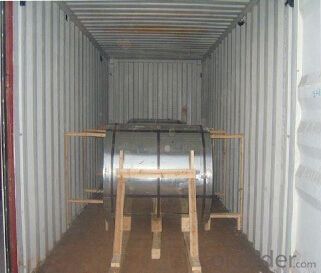
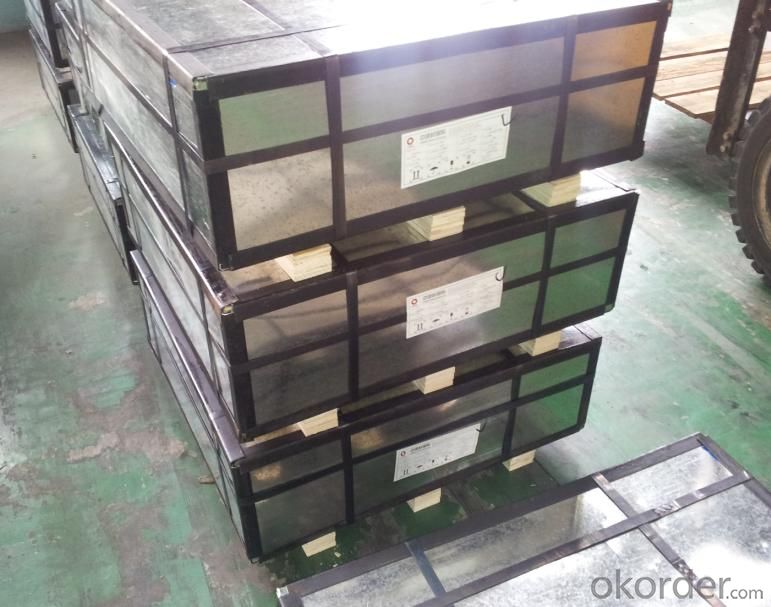
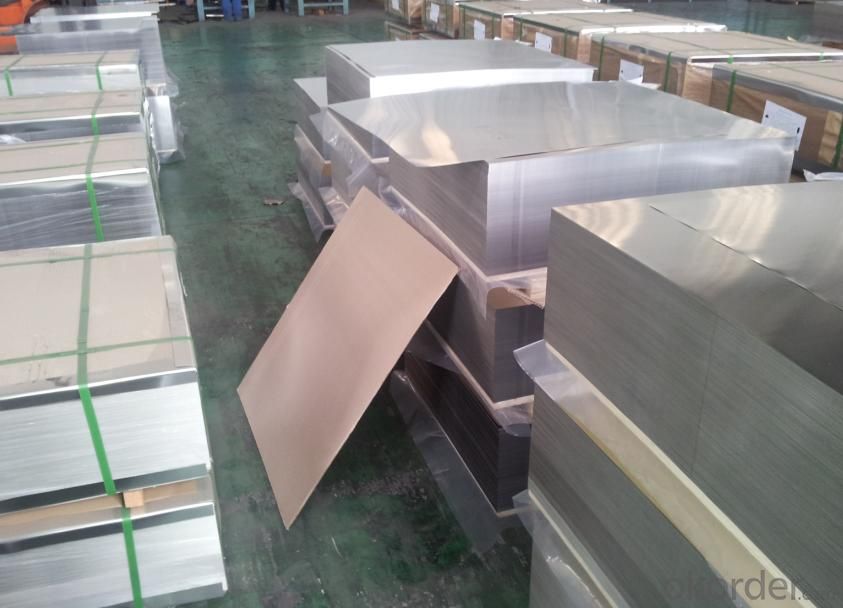
Sandard Seaworth Packing(wooden packing with water proof paper)
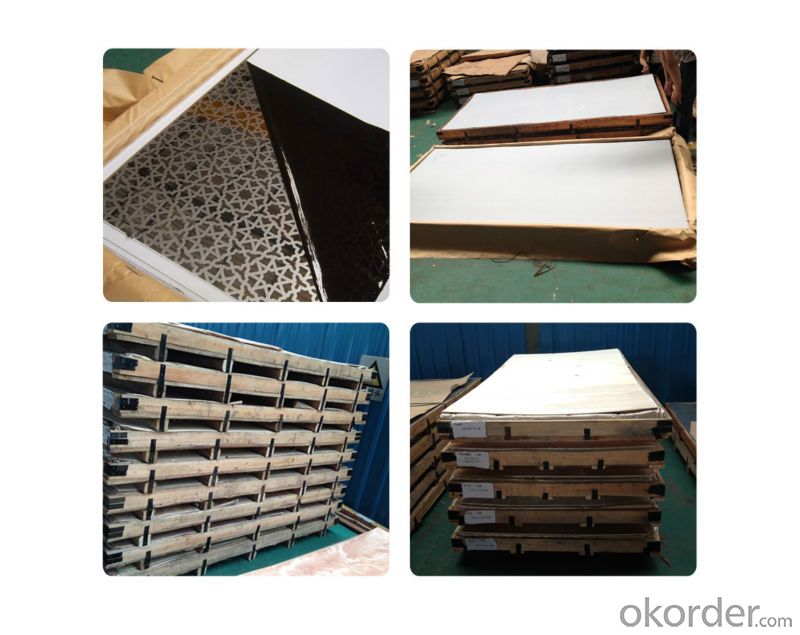
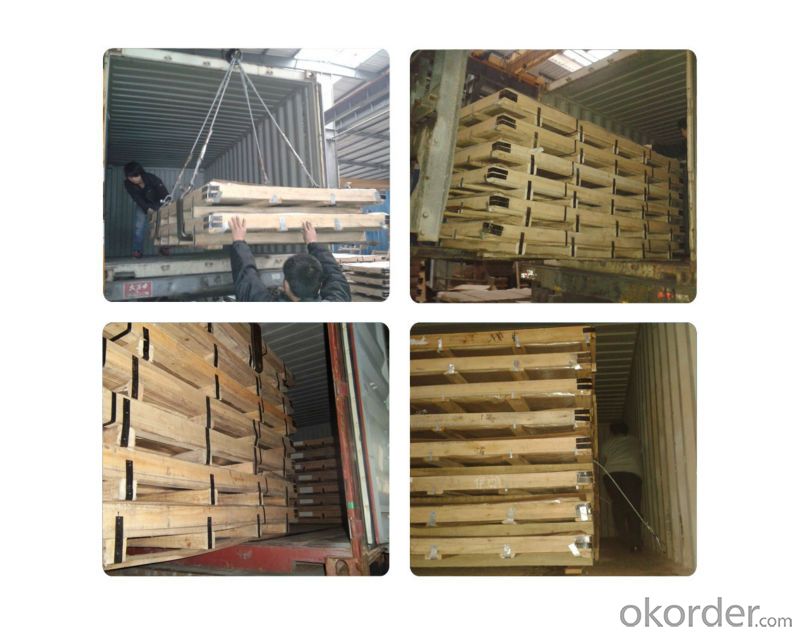
FAQ:
1. What's the quality?
very fine
2. How long get reply?
within 24 hours
If you have any question about stainless steel sheets,donot forget to sending the email to Us! You will get the competitive Price and have a very good experience about the Buying Process! CNBM International Corporation is always your trustful friend!
- Q: What is the flatness tolerance for stainless steel sheets?
- The flatness tolerance for stainless steel sheets typically falls within the range of 0.25-0.50% of the sheet thickness.
- Q: How do you remove scratches from stainless steel sheets?
- There are a few techniques you can try to eliminate scratches from stainless steel sheets. To begin, you can opt for a non-abrasive cleaner or a mild detergent mixed with warm water. Apply this solution to the scratched area using a soft cloth or sponge, and gently rub in circular motions. Thoroughly rinse the area and dry it with a clean cloth. If the scratches still persist, you can experiment with a stainless steel scratch removal kit. These kits often provide a polishing compound specially formulated for stainless steel. Apply the compound to the scratched area and use a soft cloth to polish the surface along the grain. Continue polishing until the scratches vanish. For deeper scratches, you might need to employ fine-grit sandpaper or a stainless steel scratch repair pen. Begin by lightly sanding the scratched area, following the grain. Be cautious not to exert excessive pressure, as this can harm the surface. After sanding, meticulously clean the area and use a polishing compound to restore the shine. It is important to acknowledge that these methods may not entirely eliminate deep scratches, and there may be cases where professional repair is necessary. Furthermore, always test any cleaning or repair method on a small, inconspicuous area before applying it to the entire surface to avoid causing further damage.
- Q: Are stainless steel sheets safe for contact with food?
- Yes, stainless steel sheets are safe for contact with food. Stainless steel is a widely used material in the food industry due to its non-reactive and corrosion-resistant properties. It does not leach harmful chemicals or flavors into food, making it a safe choice for food preparation and storage. Additionally, stainless steel is easy to clean and maintain, minimizing the risk of bacterial growth. However, it is important to note that not all stainless steel is created equal, and it is recommended to choose food-grade stainless steel that meets specific standards for food contact.
- Q: Can stainless steel sheets be used for solar panels?
- Yes, stainless steel sheets can be used for solar panels. Stainless steel is a durable and corrosion-resistant material that can protect the solar panels from environmental conditions. It is commonly used as a backing material or frame for solar panels due to its strength and longevity.
- Q: How do I bend or form stainless steel sheets?
- To achieve the bending or forming of stainless steel sheets, the following steps can be followed: 1. The first step is to select the appropriate stainless steel grade. Stainless steel is available in various grades, each with its own unique properties. It is important to choose the grade that best fits the requirements of your project, considering factors such as corrosion resistance, strength, and formability. 2. The next step involves using the correct tools. Specific tools like a hydraulic press brake or a metal bending machine are necessary for bending stainless steel sheets. These tools apply force evenly, ensuring precise and consistent bends. It is crucial to use tools that are designed for stainless steel in order to avoid damaging the material. 3. Before bending, it is essential to prepare the stainless steel sheet. This includes ensuring that the sheet is clean and free from any dirt or debris. Additionally, marking the desired bending lines on the sheet using a pencil or tape can serve as a guide throughout the process. 4. The bending angle and radius need to be determined based on the specific requirements of the project. This can be done by using a protractor or a template to accurately measure and mark the desired angles. 5. To prevent any movement or slipping during the bending process, it is important to securely clamp the stainless steel sheet to the bending tool or machine. This will ensure stability and accuracy throughout the bending process. 6. The next step involves applying pressure gradually. It is recommended to start the bending process slowly and gradually increase the pressure. This helps prevent the stainless steel sheet from cracking or warping. Close attention should be paid to the bending process to ensure that the desired shape is achieved without any defects or deformation. 7. If there is a need to create multiple bends or complex shapes, the process can be repeated as necessary. Each bend should be carefully measured and aligned with the previous bends to achieve a consistent and accurate result. 8. After bending the stainless steel sheet, any residual marks or burrs can be removed using a file or sandpaper. This will give the finished product a smooth and polished appearance. It is important to keep in mind that bending stainless steel sheets can be challenging, particularly for thicker gauges or harder grades. It is advisable to practice on scrap pieces or seek professional assistance if you are uncertain or lack experience in working with stainless steel.
- Q: What is the maximum width available for stainless steel sheets?
- The stainless steel sheet's maximum width can differ based on the manufacturer and supplier. Typically, you can find stainless steel sheets with widths between 36 inches (0.91 meters) and 72 inches (1.83 meters). Certain manufacturers may provide wider options for specialized purposes. To ensure accuracy, it's recommended to consult the specific supplier or manufacturer regarding the maximum width as it may vary depending on their production capabilities and product range.
- Q: How do stainless steel sheets compare to other materials like aluminum or carbon steel?
- Stainless steel sheets have several advantages over other materials such as aluminum or carbon steel. Firstly, stainless steel is highly resistant to corrosion, making it suitable for applications in harsh environments or exposure to moisture. In contrast, aluminum is more prone to corrosion, while carbon steel requires additional protective coatings to prevent rusting. Moreover, stainless steel sheets offer superior strength and durability compared to aluminum, making them suitable for heavy-duty applications. Carbon steel may have similar strength properties, but it is more susceptible to corrosion and requires regular maintenance. Additionally, stainless steel sheets provide excellent heat resistance, making them ideal for high-temperature applications that aluminum may not withstand. Carbon steel can handle high temperatures, but it may be prone to oxidation if not properly protected. Lastly, stainless steel sheets have an aesthetically pleasing appearance and are available in various finishes, making them more suitable for architectural and decorative purposes compared to aluminum or carbon steel. Overall, stainless steel sheets offer a combination of corrosion resistance, strength, durability, heat resistance, and aesthetic appeal that sets them apart from other materials like aluminum or carbon steel.
- Q: What is the fatigue strength of stainless steel sheets?
- The fatigue strength of stainless steel sheets can vary depending on various factors such as the specific grade of stainless steel, the manufacturing process, the surface finish, and the testing conditions. Generally, stainless steel sheets exhibit high fatigue strength due to their inherent properties, such as the ability to withstand cyclic loading and resistance to corrosion. The fatigue strength of stainless steel sheets is typically expressed in terms of stress amplitude (σa) or stress range (σr) that the material can withstand for a specific number of cycles before failure. It is often determined through fatigue testing, which involves subjecting the material to repeated cyclic loading until failure occurs. The number of cycles required to cause failure is known as the fatigue life. Different grades of stainless steel have different fatigue strengths, with higher grades typically exhibiting higher fatigue resistance. For instance, austenitic stainless steels such as 304 and 316 have excellent fatigue strength and are commonly used in applications where cyclic loading is prevalent, such as structural components and automotive parts. The fatigue strength of stainless steel sheets can also be influenced by surface finish. Poor surface conditions, such as scratches, notches, or roughness, can act as stress concentrators and reduce the fatigue strength. Therefore, it is important to ensure that stainless steel sheets have a smooth and defect-free surface to maximize their fatigue resistance. Moreover, the fatigue strength of stainless steel sheets can be affected by environmental factors such as temperature, humidity, and corrosive media. Elevated temperatures and aggressive environments can reduce the fatigue life of stainless steel, so it is crucial to consider these factors when designing for fatigue resistance. In conclusion, the fatigue strength of stainless steel sheets is generally high due to their inherent properties. However, it can vary depending on factors such as grade, surface finish, and environmental conditions. Conducting fatigue testing and considering these factors during the design process can help ensure the optimal performance and durability of stainless steel sheets in cyclic loading applications.
- Q: Are stainless steel sheets resistant to scratches?
- Yes, stainless steel sheets are generally resistant to scratches. Stainless steel is known for its durability and strength, making it highly resistant to scratching or denting. However, it's important to note that no material is completely scratch-proof, and stainless steel can still develop minor scratches over time with regular use. However, these scratches are usually superficial and can often be easily removed or minimized with proper cleaning and maintenance. Additionally, the level of scratch resistance can vary depending on the grade and finish of the stainless steel sheet.
- Q: Can stainless steel sheets be cut or welded?
- Yes, stainless steel sheets can be cut and welded. Cutting stainless steel sheets can be done using various methods such as shearing, plasma cutting, laser cutting, or waterjet cutting. Welding stainless steel sheets involves joining two pieces together by heating them to their melting points and adding a filler material if necessary. However, it is important to note that welding stainless steel requires specific techniques and equipment due to its unique properties, such as low thermal conductivity and high thermal expansion. Therefore, it is essential to have proper training and expertise to ensure a successful and quality weld.
Send your message to us
Stainless Steel sheet 304 with Very Low MOQ
- Loading Port:
- Shanghai
- Payment Terms:
- TT OR LC
- Min Order Qty:
- 10000 m.t.
- Supply Capability:
- 5000000 m.t./month
OKorder Service Pledge
OKorder Financial Service
Similar products
Hot products
Hot Searches
Related keywords
